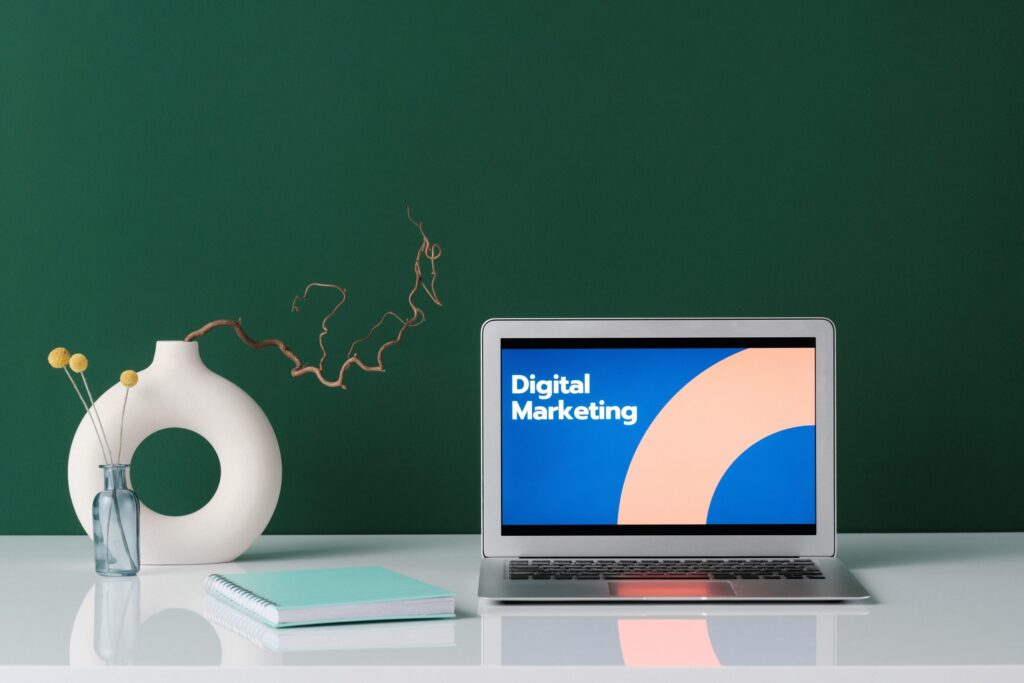Why Philippines Small Businesses Should Invest in Google AdWords
What is Google AdWords? An example of search engine advertising is through the use of Google AdWords. Google AdWords is the single most popular PPC advertising system in the world. AdWords platform enables ads to appear on Google’s search engine and other Google properties. AdWords operates on a pay-per-click model, in which users bid on keywords and pay for each click on their advertisements. For example, your business offers cosmetic procedure services. We can bid for the keyword “Cosmetic Surgery in Philippines”. Every time someone enters this query on Google search engine, your ad might show up on the top spot of Google result page. When your ad was clicked, redirecting the searcher to your website, you will only pay for a small fee. In an article released by Forbes last year, Mr. Avi Dan, founder of AviDan Strategies points out that the fundamentals of marketing will always remain. However, with the emergence of different platform that goes along with the speedy development of technology, marketers should be in front of the trends. If you are reading this post, it means that you were bitten by digital bug and were interested with marketing your business digitally. Maybe you’re already doing digital marketing and now reading to gain more knowledge to implement with your existing marketing strategy. Or you can be a business owner who never tried digital marketing but looking for a strategy to market your business and most of all to acquire more sales. What is Pay-per-Click? Pay-per-click or PPC is a model of internet marketing in which advertisers pay a fee each time one of their ads is clicked. It is a way of buying visits to your site, rather than attempting to get those visits organically. PPC, also called cost-per-click, defined as the amount spent to get an advertisement clicked. Search Engine Advertising is one of the most popular forms of PPC. It allows advertisers to bid for ad placement in a search engine when someone searches on a keyword that is related to their products or services. Why Consider Google AdWords? The World is Quickly Becoming Digital Digital Marketing is not the future of marketing, it’s already happening and only few businesses in the Philippines is taking advantage of this. Today is the generation where consumers embrace digital media consumption because they basically live with internet and smart phones. It is important for businesses to have online presence as most of the consumers spend their time through surfing the internet and mobile phones on their free time or even at work. Webrooming With 88% of Shoppers Webrooming is the process of researching online before buying in store. As of last year, webrooming became more popular with online consumers. According to the report, 72% of people prefer online process for product comparisons. On the critical moment when consumers are deciding to avail a particular product or service through browsing the internet, are your advertisements available to them. You Have a Website, But Do You Have Visits? You did the first step to have online presence with creating a website, but does your website drive sales or qualified visitors? Is your site even appears on search pages? Google AdWords will help your site be visible on Google search page immediately with the use of keywords relevant to what your business is offering. Do Your Ads Available Through Multi-screen? With the availability of accessing internet through smartphones became possible, consumers are now “multi-screening”. Researchers are surfing internet with their smartphones while on their way home, stuck on traffic or waiting for someone. Then before going to bed, they will surf through desktop PC or laptop to review sites and shop online. Consumers expect retailers to be available everywhere they are. Every businesses should Take the opportunity to get online presence anytime, anywhere on multiple devices. Google AdWords is a digital marketing platform that will help you create brand awareness and drive qualified sales on your business. It gives business owners the possibility to track its marketing performance. We can track which keywords and ad variations compel to consumers, which are not readily available in traditional marketing. Are you a business owner who uses traditional marketing and seeks another way to market your products or services? Take the first step by going to our live demo. Smart marketer knows how to be ahead and anticipate which one promises opportunity.






